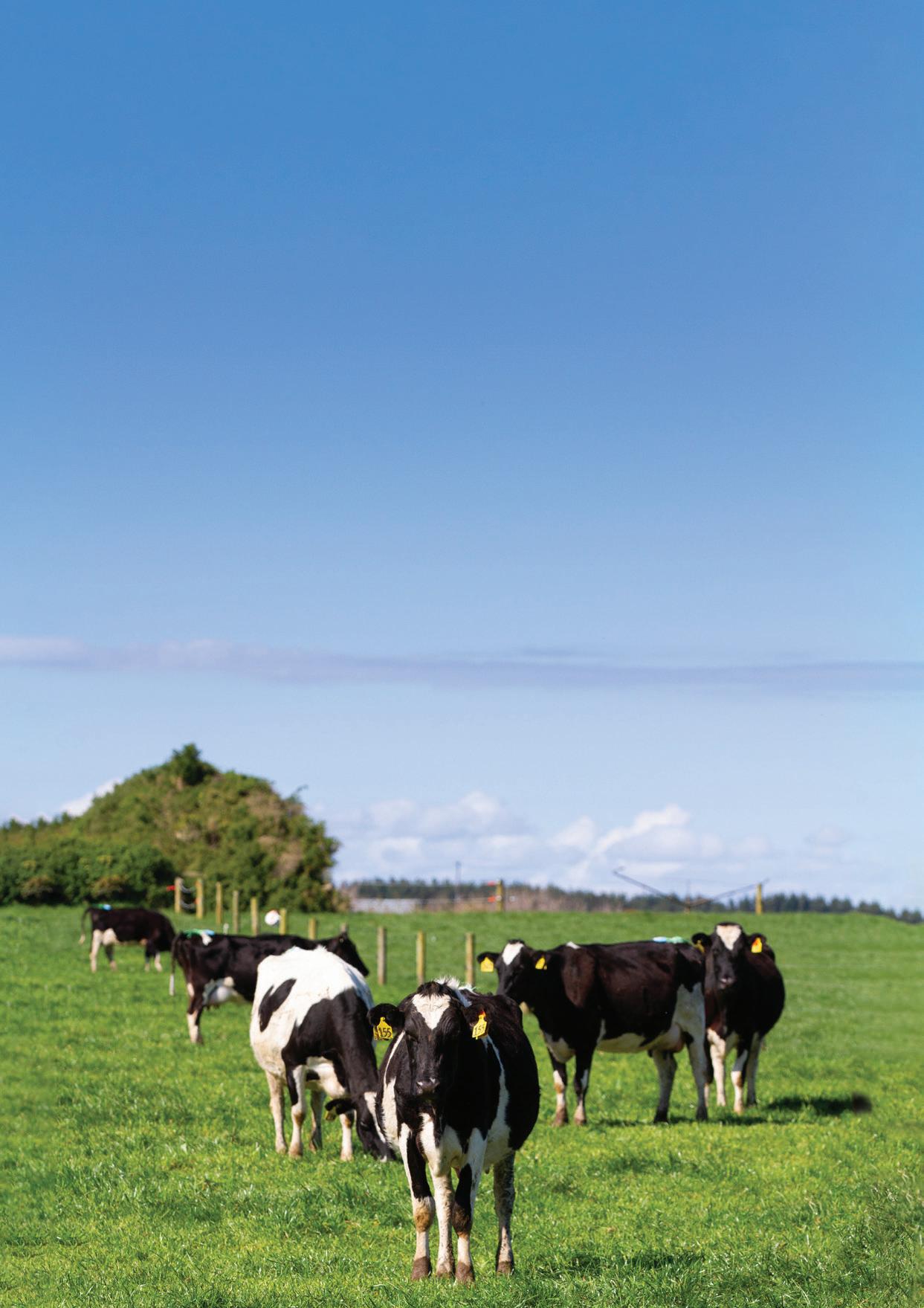
3 minute read
Farming with Precision Farming
New digital technology is being installed across thousands of hectares of Parininihi ki Waitotara land to help our farmers do better for both the environment and the business.
Shane Miles, PKW General Manager Ahuwhenua, says the investment in the Precision Farming technology is currently being rolled out as part of the incorporation’s kaitiakitanga strategy.
“We realise that to do better for the environment, for our animals and our farmers, we must know straight away, not next month or next year, exactly what is happening on the land — what we are putting on it, what we are taking out of it and what is happening in this paddock or that paddock when our farmers can’t be there.”
“This technology will allow our farmers to capture the data at the touch of a button, analyse it and take immediate action,” says Shane.
Over time, the Precision Farming Platform will allow farm staff to capture very accurate data on a whole range of matters, including weather information, soil conditions, water consumption, feed volumes and the precision placement of nutrients and effluent.
Shane says, “The data will tell us so much with just one example being the amount of water each of our cows is drinking every day. It will also help us answer questions like, Is there a leak in our water infrastructure? or Are there efficiencies to be learned from one farm to another?”
“We are very excited about this technology.”
Shane says in the past, farmers had to enter a lot of data into the computer by hand which was time consuming and increased the risk of incorrect information.
“The great thing about this technology is that our farmers can get information when they need it to identify if there are any trends and patterns knowledge they will need to improve performance.”
The system will also allow farmers to power up and shut down irrigation equipment at the touch of a button from their office or wherever they might be on the farm, therefore saving them trips to the paddock.
The technology is made up of both software, which comes in the form of a dashboard on a computer, as well as hardware including flow metres, sensors and GPS devices installed throughout the farm.
All the equipment is connected to automatically generate data which is then uploaded to a cloud that farmers can access via their computers.
Shane says the initial parts of the system should be up and running by May, with further modules to be rolled out over coming months.










